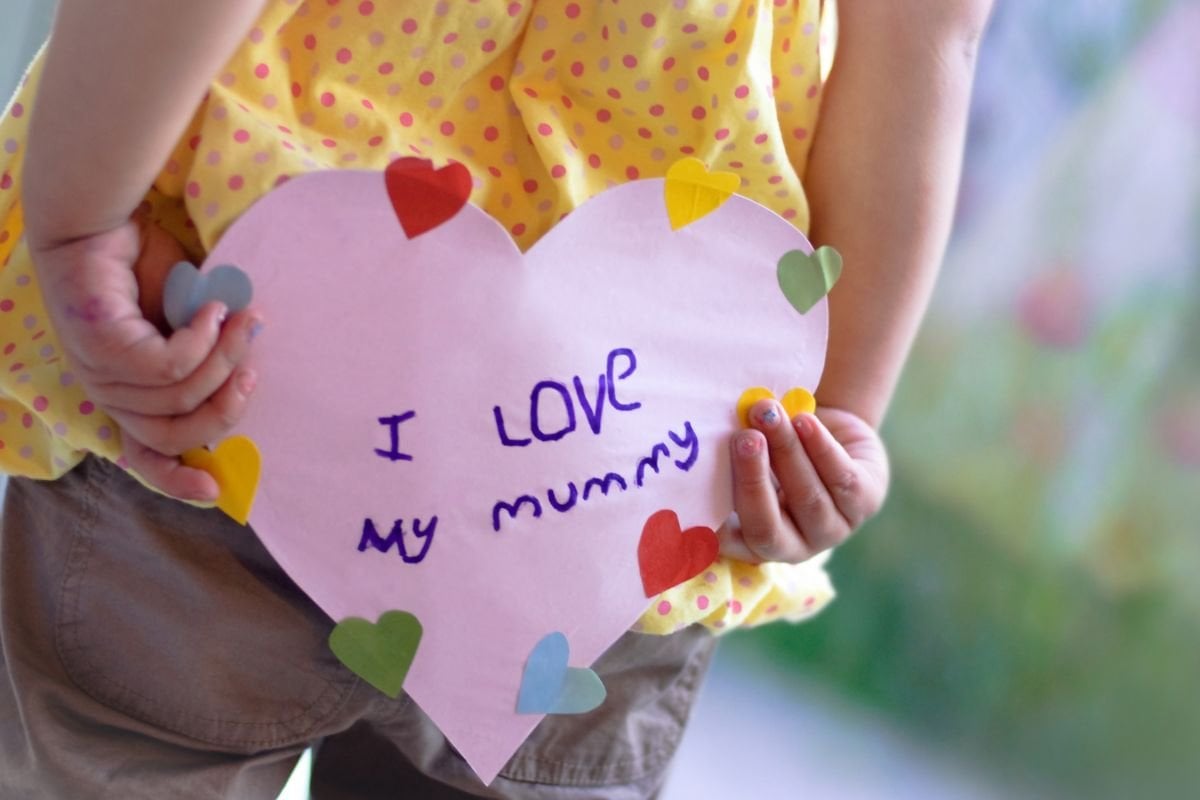
I don't know about you, but I always assumed it was some big corporation that came up with Mother's Day to sell us things.
But no, it was a woman called Anna Jarvis, who was one of 13 children born to Ann Reeves Jarvis in West Virginia.
After the birth of her sixth child, Ann started organising what she called Mothers' Day Work Clubs to educate families on better hygiene practices in the home. It was the 1800s, and in their community infant and child mortality rates were high because of disease. Only four of Ann's own children survived to adulthood.
 Ann Jarvis (left) and her daughter Anna Jarvis (right). Image: Getty.
Ann Jarvis (left) and her daughter Anna Jarvis (right). Image: Getty.



Top Comments